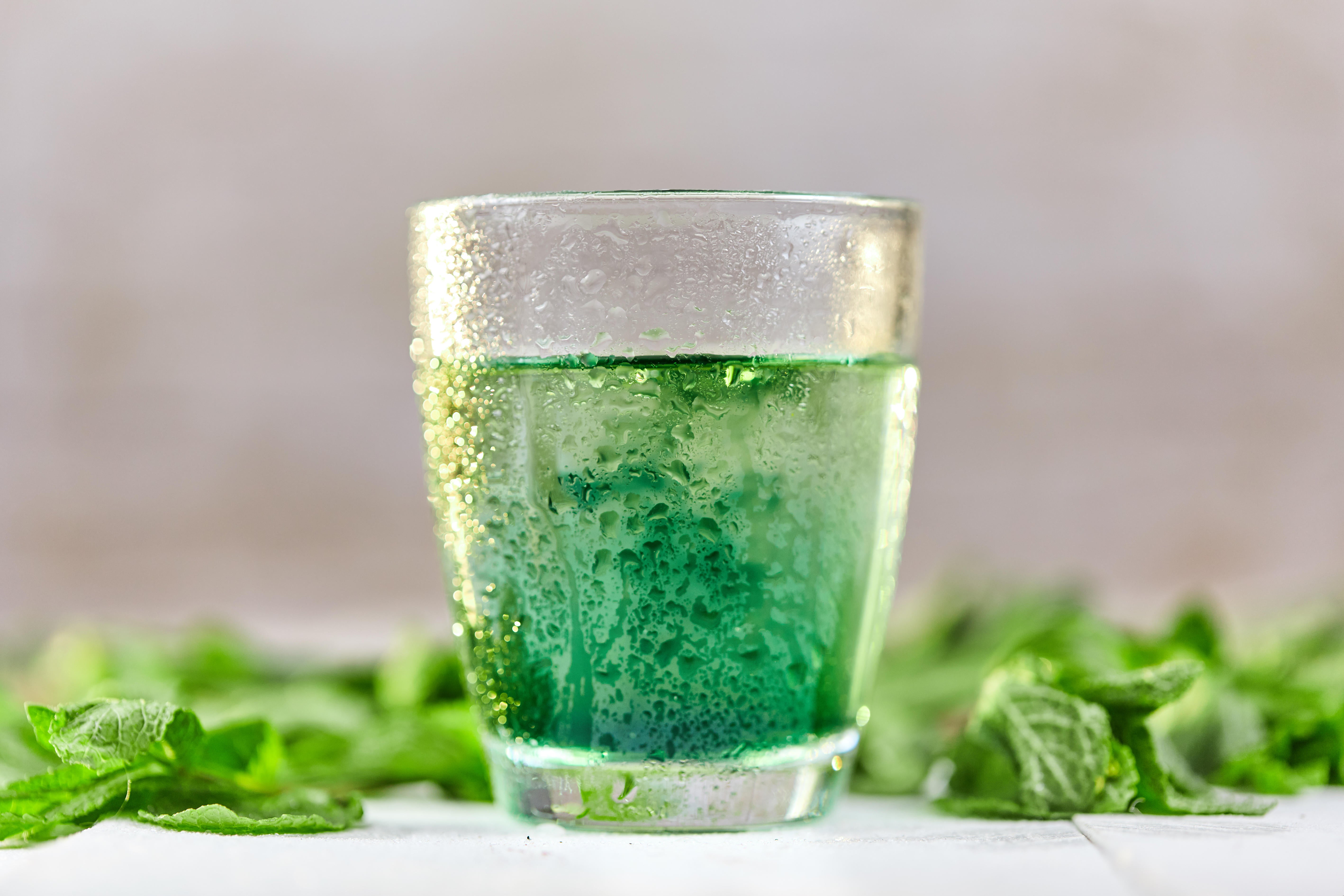TikTok is loving chlorophyll water – but can it actually help with acne?
Prudence Wade gets the low-down from an aesthetic doctor.

Your support helps us to tell the story
From reproductive rights to climate change to Big Tech, The Independent is on the ground when the story is developing. Whether it's investigating the financials of Elon Musk's pro-Trump PAC or producing our latest documentary, 'The A Word', which shines a light on the American women fighting for reproductive rights, we know how important it is to parse out the facts from the messaging.
At such a critical moment in US history, we need reporters on the ground. Your donation allows us to keep sending journalists to speak to both sides of the story.
The Independent is trusted by Americans across the entire political spectrum. And unlike many other quality news outlets, we choose not to lock Americans out of our reporting and analysis with paywalls. We believe quality journalism should be available to everyone, paid for by those who can afford it.
Your support makes all the difference.TikTok has fallen in love with a new trend: drinking liquid chlorophyll.
You might remember chlorophyll from biology lessons at school – it’s a naturally occuring green pigment found in many plants. Now, social media influencers are suggesting that adding it to water could be your ticket to clear, acne-free skin.
The hashtag #chlorophyll has reached 146.8M views on TikTok – but Gen Z aren’t the first to buy into liquid chlorophyll. Gwyneth Paltrow’s Goop website has noted claims it can be used as a natural deodoriser, and Kourtney Kardashian’s Poosh has a whole article dedicated to its benefits.
“Liquid chlorophyll is a plant derivative that is a great source of vitamins A, C, E and K, and is high in antioxidants and minerals,” says Dr Preema Vig, aesthetic doctor and medical director of the Dr Preema London Clinic. “Chlorophyll is [considered] safe to take daily and doses vary between supplement, this is usually between 100-300 milligrams. If you are unsure of the dosage you should be taking or you are on any medication or pregnant, you should always consult with your doctor first.”
Vig advises you “start at a lower dose and increase slowly if necessary” – and you can also apply it topically. “Ingesting liquid chlorophyll will give greater side effects than topically applying chlorophyll, but both have great benefits,” she explains. “Ingesting it can also give additional benefits such as increased energy, hormonal balance, constipation relief and digestive improvement.”
Of course, liquid chlorophyll shouldn’t replace a healthy diet, lifestyle and good skincare routine – talk to your doctor if you have any queries about it – but TikTok could be onto something.
“The potent antioxidant can work as an anti-inflammatory as well as an antibacterial which can help fight acne, reduce inflammation and redness, reduce the appearance of large pores and help improve the skin’s elasticity,” Vig explains.
Although there are “no known major health risks to liquid chlorophyll”, says Vig, “it can cause some side effects, such as nausea, diarrhea, gastrointestinal cramping, and digestive problems.”
If you don’t fancy buying liquid chlorophyll and dropping it into your water, “you can create your own smoothie by putting spinach and kale into it,” says Vig. Spinach and kale aren’t the only chlorophyll-rich foods – it can also be found in broccoli, chicory, collard greens and parsley, and Vig recommends loading up on four servings a day.